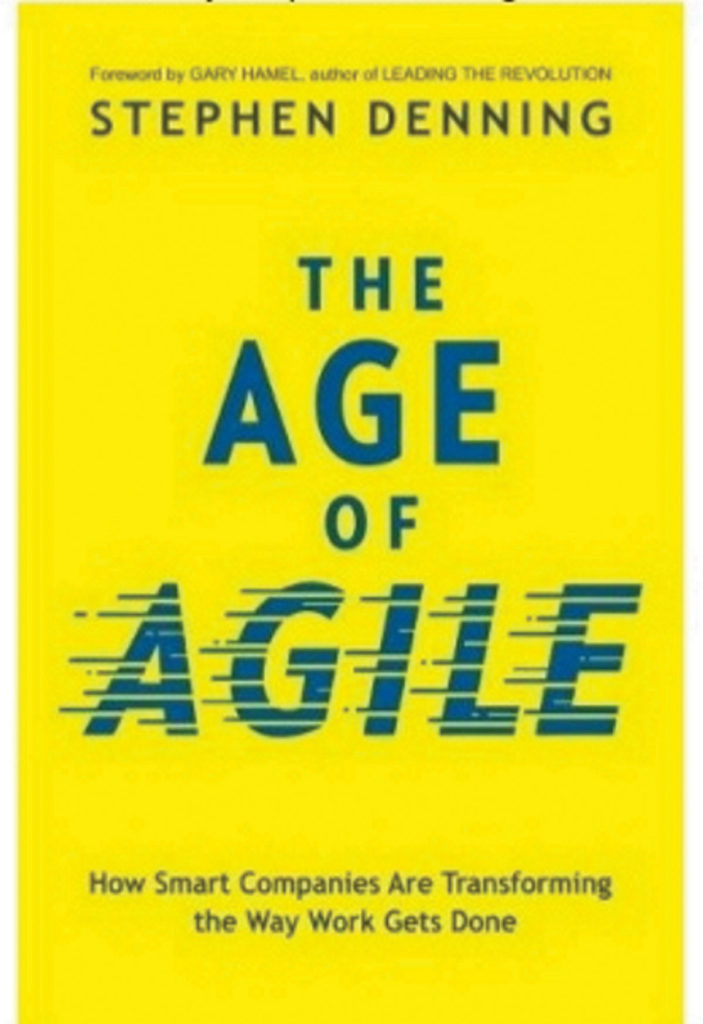Is your organization ready for a volatile, uncertain, complex, and ambiguous (VUCA) world? Odds are it’s not. It’s not about strategy or technology, but about the way your organization works.
Most organizations grew up in the industrial era. Hierarchical command and control leadership facilitated operational efficiencies and manufacturing scale. A central founding father of this philosophy was Frederick Taylor, whose scientific methods sought to break down work into a small, repeatable, predictable process to achieve individual performance and collectively organizational productivity. It emphasized standardization and compliance. And it worked so well, it gave corporations the foundation for operating principles for the next century.
Taylorism management, though, is not sustainable in today’s complex environment, one that is globally connected, hyper speed, digitally disrupting, and has competition from undetectable sources. To thrive in today’s VUCA environment, organizations must change the way they work—their management practices, cultural philosophies, and structures. They must learn to be agile with scale.
The concept of agile was born in the software industry. It stems from the 2001 Manifesto for Software Development, known as the Agile Manifesto. Over the past decade, it transformed from a development methodology to a management philosophy. Stephen Denning in The Age of Agile: How Smart Companies are Transforming the Way Work Gets Done (Amaryllis Business, 2018) provides an insightful look and examples of companies today successfully navigating this new management frontier with remarkable success.
 Denning outlines three key elements in an agile organization that improve competitiveness in a VUCA environment:
Denning outlines three key elements in an agile organization that improve competitiveness in a VUCA environment:
- Law of Small Team: “It’s presumption that in a world, big and difficult problems should—to the extent possible—be disaggregated into small batches and performed by small cross-functional autonomous teams working iteratively in short cycles in a state of flow, with fast feedback from customers and end-users.”
- Law of the Customer: “Requires that the firm’s culture and internal systems, processes, and values themselves be continuously subordinated to, and driven by, delivering value to the customer: If there is a conflict, it is the customer’s needs that need to be given priority.”
- Law of the Network: “An organizational network is a set of teams that interact with and collaborate with other teams with the same connectivity, interaction, and passion as they do within their own small team. Each team needs to look beyond its own goals and concerns and see its work as part of the larger mission of the collectivity.”
This is not likely to be the way you’ve been educated, not what your senior leaders model, and the agile origins may erroneously lead you to think it’s only for smaller, digital types of businesses. At least consider this new paradigm. I can testify from experience: This methodology is not only a viable management operating system, but the only feasible option to thrive in a VUCA world.










